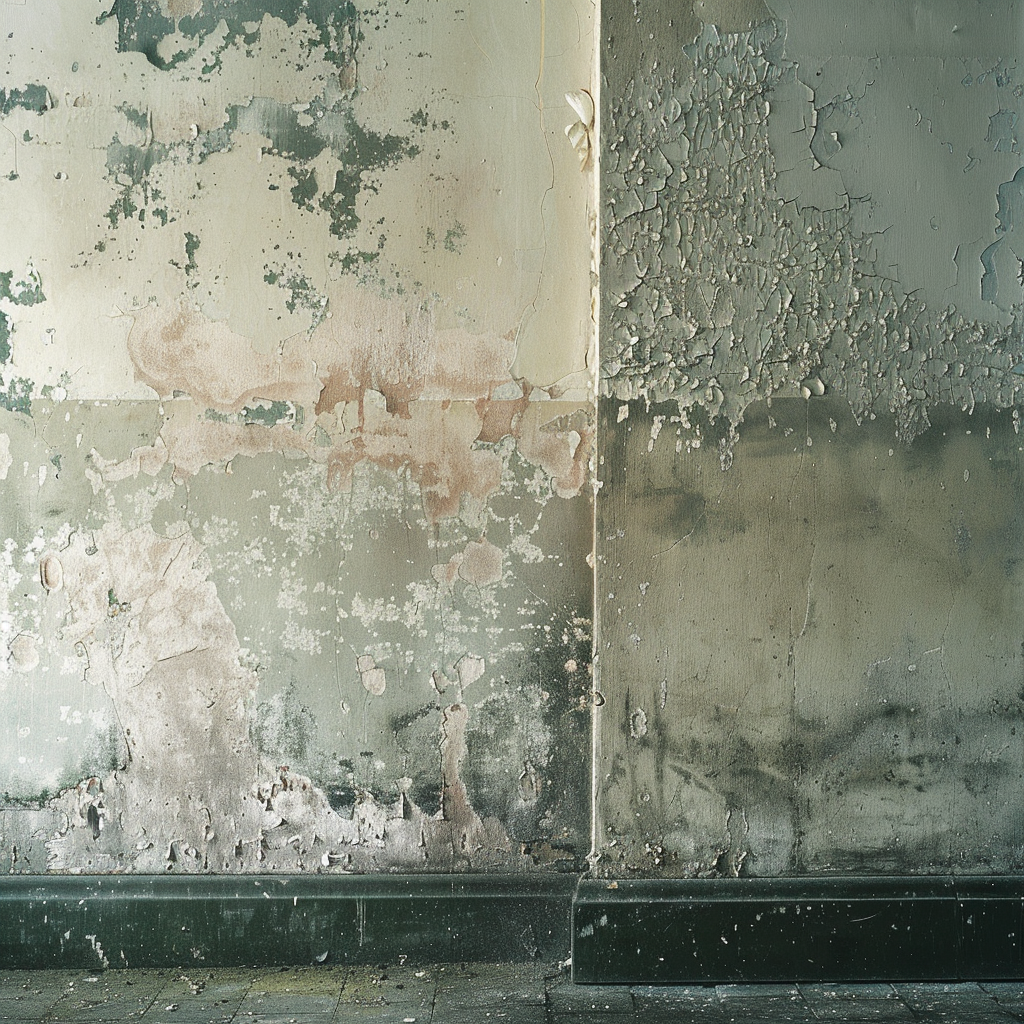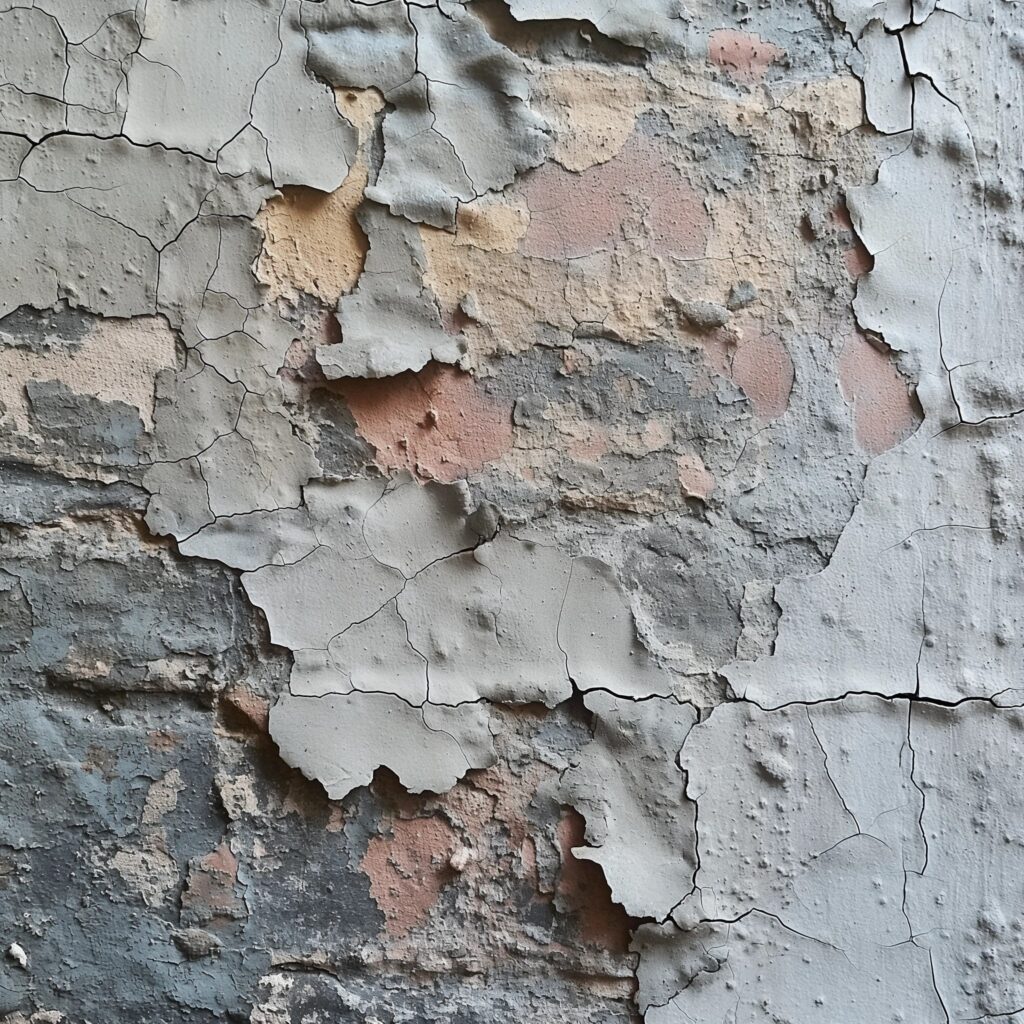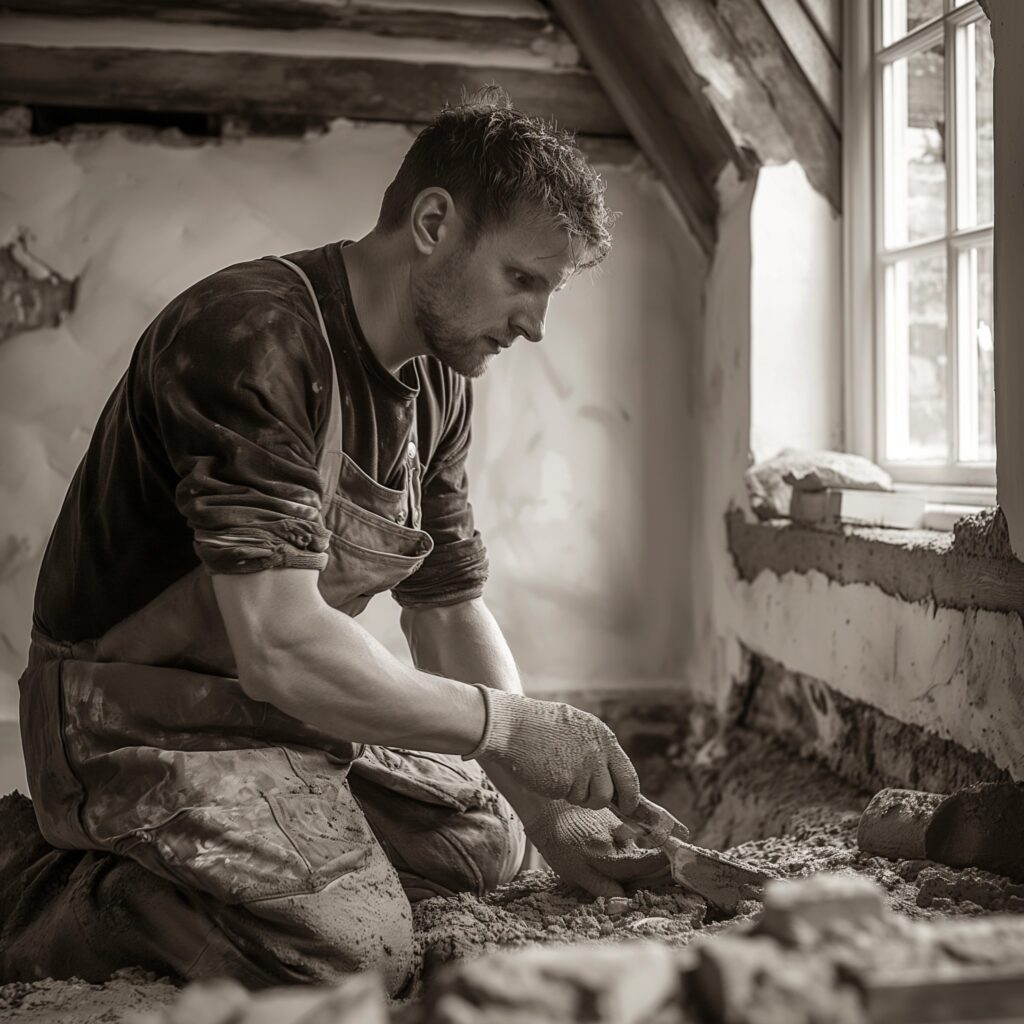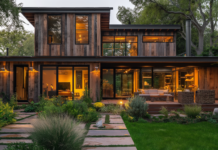In the heart of every homeowner’s concerns, particularly within the bustling, historic, and often damp streets of Sussex and across the broader UK, lies the integrity of their property—a concern that goes beyond mere aesthetics to touch upon the very structure and healthfulness of their living spaces.
Damp walls, a common plight in many British homes, are not just an unsightly issue but a formidable enemy to both the structural integrity of buildings and the health of their inhabitants. This guide aims to arm homeowners, property owners, and building enthusiasts with the knowledge and strategies needed to tackle this pervasive issue head-on.
Understanding Moisture Control

The paramount importance of moisture control in maintaining a building’s structural integrity and ensuring a healthy living environment cannot be overstated. Moisture, in excess, can lead to a host of problems that not only degrade the quality of the building materials but also pose significant health risks to residents. It is the invisible foe that attacks the bones of our homes, making it imperative for us to understand its dynamics and the mechanisms through which it can be controlled. For more detailed information on the importance of moisture control, see Damp Proofing.
The Spectrum of Damp Types
Damp within buildings can manifest in various forms, each with its own set of causes, consequences, and solutions. Understanding these types is the first step toward effective management. We encounter condensation, penetration damp, and rising damp, each presenting unique challenges.
- Condensation is perhaps the most common form, resulting from the interaction between moist air and colder surfaces, leading to water droplets that can encourage mould growth.
- Penetration damp occurs when water makes its way through flaws in a building’s exterior, a problem often exacerbated by driving rain against walls.
- Rising damp is the result of ground moisture ascending through walls due to capillary action, a phenomenon that is particularly troublesome in older buildings lacking modern damp-proofing measures.
Identifying the specific type of damp affecting a property is crucial, as it dictates the approach and solutions required to address it effectively. For insights into the different types of damp and their implications, visit Simplify DIY on Damp Proofing.
Solutions at Our Disposal
A range of solutions has been developed to combat damp, each tailored to address specific types and causes. These include:
- Ventilation improves air circulation, reducing humidity levels and mitigating condensation.
- Chemical injections, such as damp-proofing creams, are used to create barriers against moisture.
- Physical barriers and damp proof courses (DPC) can be installed or repaired to prevent rising damp.
- Waterproof barriers and breathable treatments are applied to walls to protect against penetration damp while allowing the walls to “breathe,” releasing trapped moisture.
Each solution has its place in the damp-proofing arsenal, and often, a combination of methods is the most effective approach to ensure a dry, healthy environment. For more on these solutions, check out Quick Guide to Damp Proof Membranes.
The Importance of Materials
The battle against damp is not just about the strategies employed but also about the materials used. The selection of waterproof barriers, breathable treatments, and sealants must be made with care, considering both the specific damp challenges of the property and the need to maintain its breathability. This balance is crucial to prevent trapping moisture within walls, which can exacerbate the very problems we seek to solve.
Professional Assessment: A Critical Step
Before embarking on any damp-proofing venture, the critical first step is to secure a professional assessment. This is not merely a recommendation but a necessity. Damp can be a complex issue, with symptoms often masking underlying problems that require expert diagnosis. A professional can provide an accurate assessment, ensuring that the treatment plan is effectively tailored to address the root causes of damp in your property. For professional advice, visit Checkatrade’s Damp Proofing Cost Guide.
Maintenance: The Ongoing Battle

Even with the best initial treatment, the fight against damp is ongoing. Regular checks and maintenance are essential to catch potential problems early and intervene before they escalate. This involves inspecting the property for signs of damp, monitoring the effectiveness of installed damp-proofing measures, and staying vigilant against new threats.
Cost Considerations
The cost of damp proofing varies widely depending on the severity of the issue and the treatment type required. It’s an investment in the health of the building and its occupants, with long-term savings in avoiding more severe structural repairs and health issues. Understanding the cost implications is vital for homeowners to make informed decisions that balance effectiveness with budget constraints. For an overview of costs, see Damp Proofing Cost Guide.
Health Impact: More Than Just Walls
The impact of damp extends beyond the structural to significantly affect indoor air quality and health. Mold growth, a common byproduct of damp environments, can lead to respiratory issues, allergies, and other health problems. The importance of damp proofing, therefore, transcends mere property maintenance; it is a critical aspect of ensuring a safe, healthy living environment. For strategies on treating damp walls internally, consult How to Treat Damp Walls Internally.
Navigating Compliance and Longevity
In addressing damp, compliance with building regulations and attention to material durability are paramount. These regulations are designed not only to maintain structural integrity but also to ensure that damp-proofing measures are effective and sustainable over time. Longevity is a key consideration,
with the choice of materials and methods impacting the durability of damp-proofing solutions and, by extension, the long-term well-being of the property.
DIY vs. Professional: A Balanced Approach

The decision between DIY and professional damp-proofing solutions is a balance between effectiveness and the level of expertise required. While some aspects of damp proofing can be tackled by homeowners themselves, particularly in the case of minor condensation issues, the complexity of most damp problems means that professional intervention is often necessary to ensure a comprehensive and lasting solution.
“Hiring a professional damp proofer is not just about addressing the damp you can see; it’s about uncovering and solving the underlying issues you can’t. We bring a depth of knowledge, advanced diagnostic tools, and proven treatment methods that go far beyond the capabilities of DIY solutions. Ensuring your home is properly diagnosed and treated not only safeguards your property’s structural integrity but also protects your health. Remember, effective damp proofing is an investment in your home’s future, offering peace of mind that you’re truly solving the problem, not just masking it.” – Phil Donno – Sussex Damp Treatments.
Final Thoughts
Navigating the complex landscape of damp proofing in properties requires a comprehensive understanding of the causes, effects, and remedies available. It is a journey that demands vigilance, informed decision-making, and, at times, professional intervention to ensure the structural integrity and healthfulness of our living spaces.
By embracing a proactive approach to moisture control, utilising the right materials and solutions, and adhering to regular maintenance and professional assessments, homeowners can effectively safeguard their properties against the insidious threat of damp.
This guide serves as a cornerstone in empowering property owners across the UK to take decisive action against damp, ensuring the longevity of their buildings and the well-being of their occupants. As we continue to confront the challenges posed by damp, let us move forward with the knowledge and tools necessary to create healthier, more resilient homes for generations to come.





















